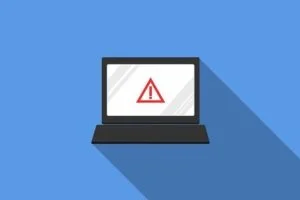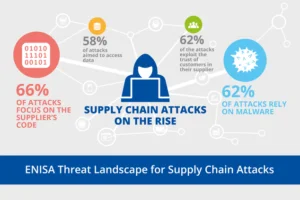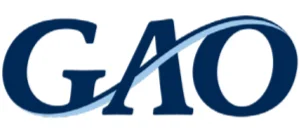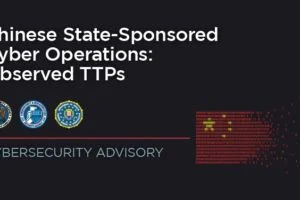Risky business or a leap of faith? A risk based approach to optimise cybersecurity certification
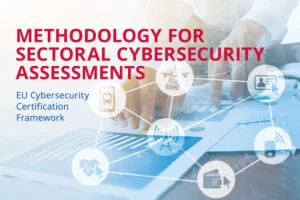
The European Union Agency for Cybersecurity (ENISA) has launched a cybersecurity assessment methodology for cybersecurity certification of sectoral multistakeholder ICT systems.
The Methodology for a Sectoral Cybersecurity Assessment - (SCSA Methodology) was developed to enable the preparation of EU cybersecurity certification schemes for sectoral ICT infrastructures and ecosystems. SCSA aims at market acceptance of cybersecurity certification deployments and supports the requirements of market stakeholders and the EU Cybersecurity Act (CSA). In particular, SCSA endorses the identification of security and certification requirements based on risks associated with the “intended use” of the specific ICT products, services and processes.
The SCSA Methodology makes available to the ENISA stakeholders a comprehensive ICT security assessment instrument that includes all aspects pertinent to sectoral ICT systems and provides thorough content for the implementation of ICT security and cybersecurity certification.
While SCSA draws from widely accepted standards, in particular ISO/IEC 27000-series and ISO/IEC 15408-series, the proposed enhancements tackle multi-stakeholder systems and the specific security and assurance level requirements concerning ICT products, processes and cybersecurity certification schemes.
This is achieved by introducing the following features and capabilities:
- Business processes, roles of sectoral stakeholders and business objectives are documented at ecosystem level, overarching the ICT subsystems of the individual stakeholders. Stakeholders are invited to actively contribute to the identification and rating of ICT security risks that could affect their business objectives.
- A dedicated method associates the stakeholders’ ratings of risks with the security and assurance level requirements to dedicated ICT subsystems, components or processes of the sectoral ICT system.
- SCSA specifies a consistent approach to implement security and assurance levels across all parts of the sectoral ICT system and provides all information required by the sectoral cybersecurity certification schemes.
Benefits of the SCSA Methodology for stakeholders
The sectoral cybersecurity security assessment provides a comprehensive approach of the multi-faceted aspects presented by complex multi-stakeholder ICT systems and it features the following benefits:
- The security of a sectoral system requires synchronisation across all participating stakeholders. SCSA introduces comparability of security and assurance levels between different stakeholders’ systems and system components. SCSA enables building open multi-stakeholder ecosystems even among competitors to the benefit of suppliers and customers.
- The risk-based approach supports transparency and a sound balance between the cost for security and certification and the benefit of mitigating ICT-security-related business risks for each concerned stakeholder.
- Security measures can focus on the critical components, optimising the security architecture of the sectoral system, hence minimising cost of security.
- SCSA generates accurate and consistent information on security and certification level requirements for all relevant ICT subsystems, components or processes. On this basis, suppliers can match their products to their customers’ requirements.
- SCSA supports the integration of existing risk management tools and information security management systems (ISMS).
- Due to a consistent definition of assurance levels, the re-use of certificates from other cybersecurity certification schemes is supported.




